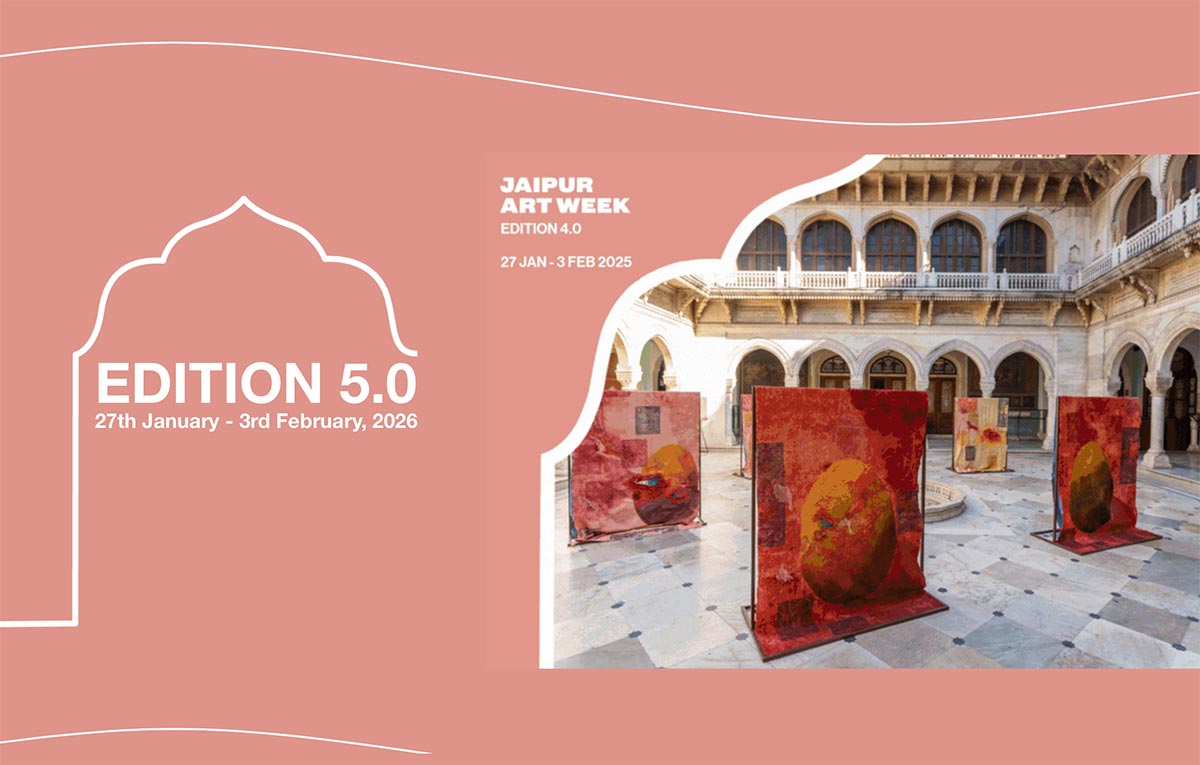
The Jaipur Art Week is set to return to Jaipur from 27 January to 3 February 2026, enveloping site-specific exhibitions, performances, and immersive public programmes across heritage venues in the old city. Thus, stepping into the pink city at that time won’t be a simple visit; it will be an act of viewing the place with a refreshed lens. Jaipur itself is a historic city, and this edition of the JAW commits to highlighting the regional practices as well as the translocal exchanges, making the venue a melting pot of Craft, contemporary artistic pursuits, and much more.
The forthcoming edition explicitly focuses on an open call for participation. It is seeking bold, experimental proposals from across different regions to democratize access and representation. The brief curatorial objectives encourage artists to propose work that engages Jaipur’s layered histories and public life.
A Potent Platform
View this post on Instagram
The JAW is founded by the Public Arts Trust of India. Since its inception, it has been praised for its inclusionist policy towards young artists and for supplementing dialogues across South Asia and beyond. Critics have labelled this festival as ‘LAUNCH PAD’ for many artists. From utilizing over 50 public and private spaces, from government museums and academic institutions to quirky coffee shops and bustling bazaars, JAW makes art accessible to everyone. Thus, for a plethora of visitors, the festival is less of a market sphere and is more about exploring art in the backdrop of a historical and public setup.
The event brilliantly balances gallery shows with engaging public talks, guided walks, and many more. JAW 2026 aims to put a significant focus on sustainable artistic practice, willing to showcase how creativity and nature can harmlessly co-exist, and still be able to surprise the masses. There will be slots dedicated to masterclasses and panel discussions that will open up the repository of sparkling new notions. The prime experience of JAW does not simply belong to its historical setup, or layering of brilliant artworks, etc., it lies in the intense sense of nostalgia it creates. Jaw doesn’t merely exhibit art, it weaves countless stories with elements of history, present, and a subtle hope for the future.
The Global Indian Perspective
The true power of JAW 2026 is in its role to bridge between the local and the global. By offering representations to artists from various pockets of India and also letting in foreign representatives, the event promotes the spirit of the Global Indians. It acts as a cultural dialogue where different perspectives on society, politics, and existence are presented.
The Art Week yields a fusion of ideas in which the staple Indian idea encounters its global counterpart. It becomes a shared space of creative minds and fearless voices, shaping the public squares into units of intellectual simulation and dialogue. It invokes a spirit of exploration, inquisitiveness, and an urge to see more of it over and over again, which is utterly commendable. It’s not just an exhibition; it’s a breathing example of how cultural exchange enriches national identity, rather than diluting it.
| Key Points | Details |
|---|---|
| Dates | 27 January – 3 February 2026 |
| Participation Model | Open call for emerging and mid-career artists from across India and beyond. |
| Venues | Heritage havelis, museums, courtyards, academic and contemporary art spaces across Jaipur. |
| Prime Focus | Site-specific installations, public engagement, sustainable practices, and regional dialogue. |
| Audience | Open to the public, students, curators, collectors, and cultural tourists. |
Prime highlights
- An expanded open call that democratises submission and encourages experimentation.
- Site-specific commissions that repurpose Jaipur’s havelis and museums as gallery spaces.
- A strong showing of regional voices alongside invited international artists, making for cross-cultural dialogues.
- Public events — walks, performances, and talks are intended to engage non-traditional museum audiences.
- A festival tone that balances nostalgia for place with an appetite for contemporary risk-taking, resonant with caleidoscope.in’s editorial spirit.
Takeaway
Jaipur Art Week performs a distinguished and necessary juggling act, i.e., it weaves contemporary practice through the thread of heritage, making spaces for new conversations in rooms that already carry so much from the past. This approach shapes the festival with a distinct objective, which is equally jubilant and reflective at once. For all its pomp and promise, the true test of JAW 2026 is not in the number of footfalls or the value of art sold, but in the residual change it initiates in the city’s consciousness. It must be more than a photo-op for the elite; it must serve as a genuine catalyst for local artisans and the youth of Rajasthan. Also, the open call model is important to note, as it shall ensure diversity and transparency in the representation of art from different regions.
Apart from all the above-mentioned niches, JAW 2026 should also empower the street vendors, the local chai walas, and those resident families who find a stunning installation suddenly outside their homes. It’s easy to celebrate global stars, but what about the next great Miniature artist, waiting undiscovered in a narrow Jaipur lane? As a holistic initiative, the Art Week can actually turn the city into a den of trailblazers


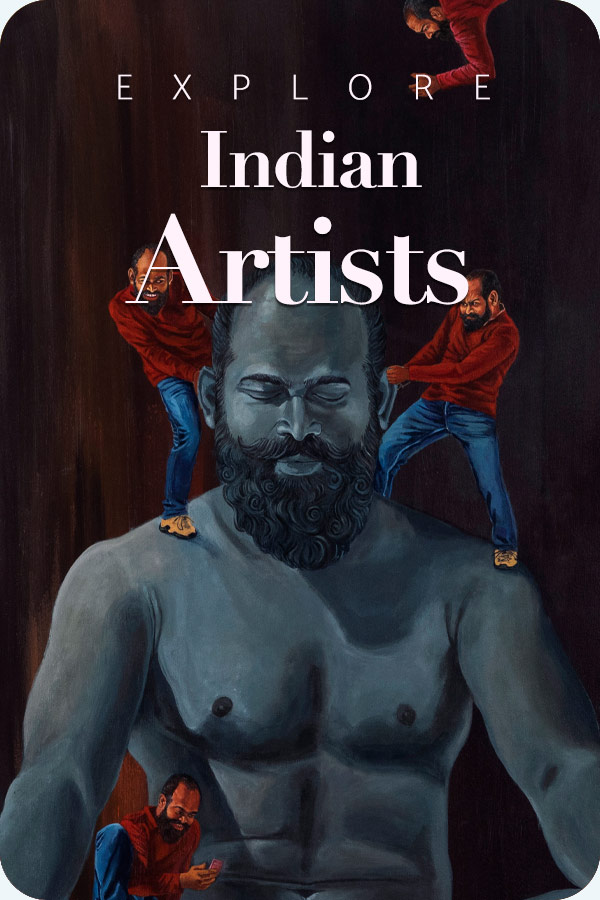
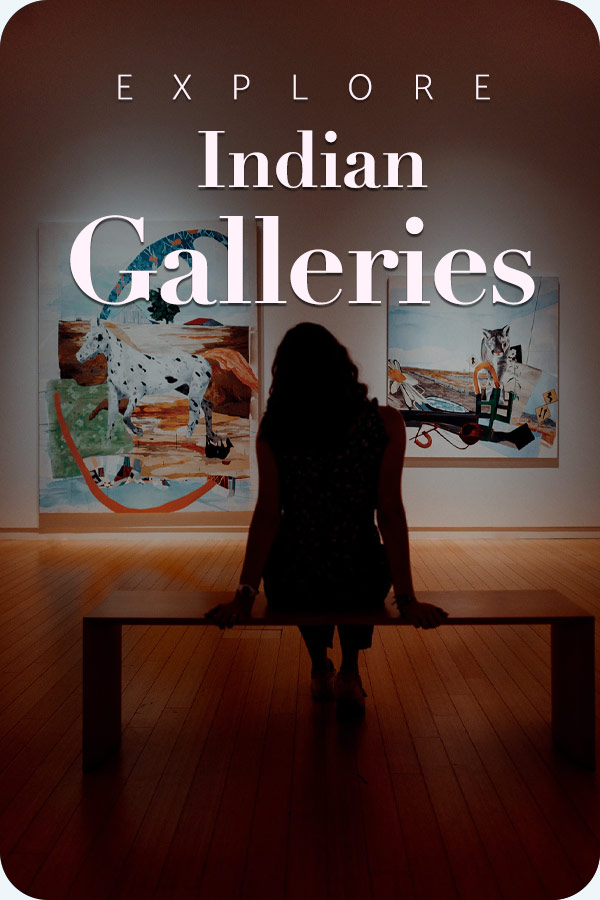
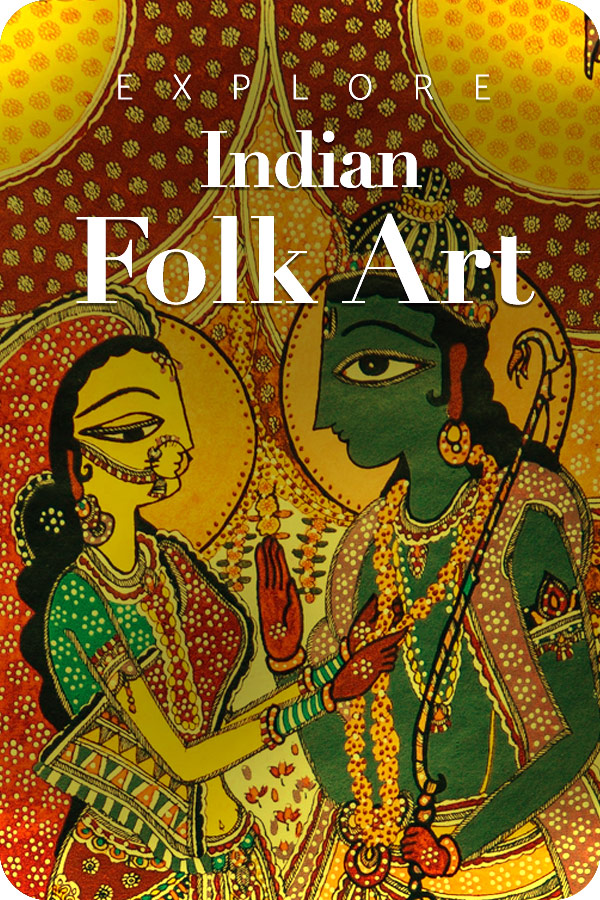
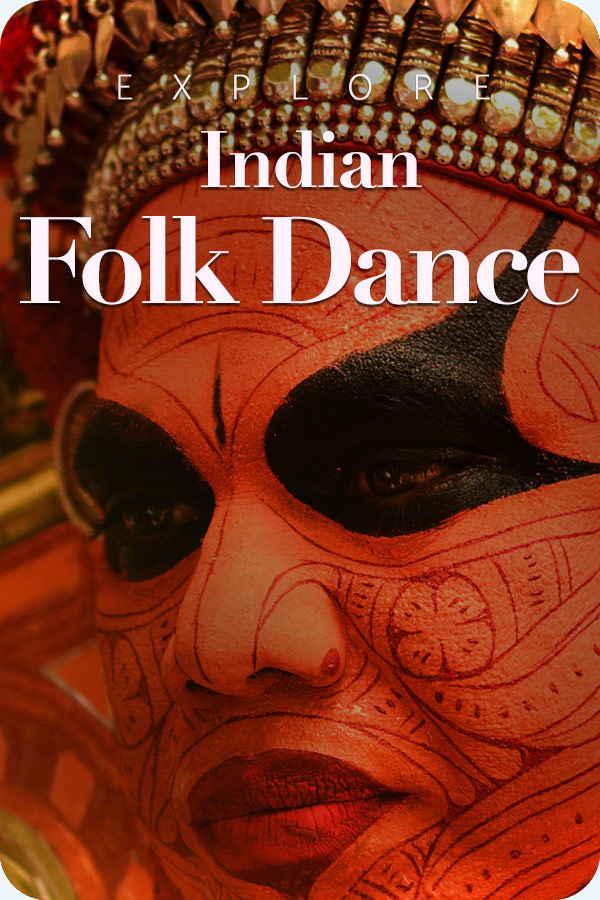
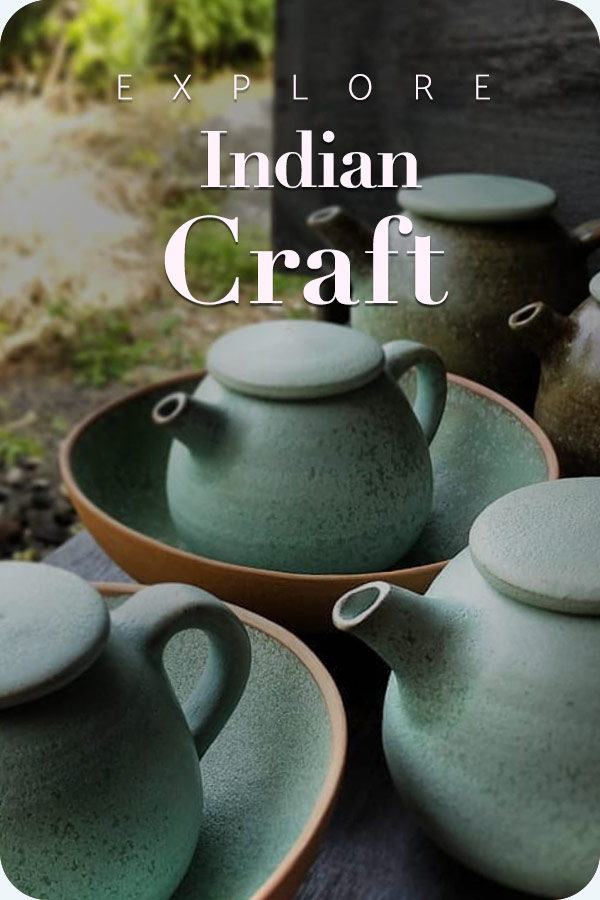
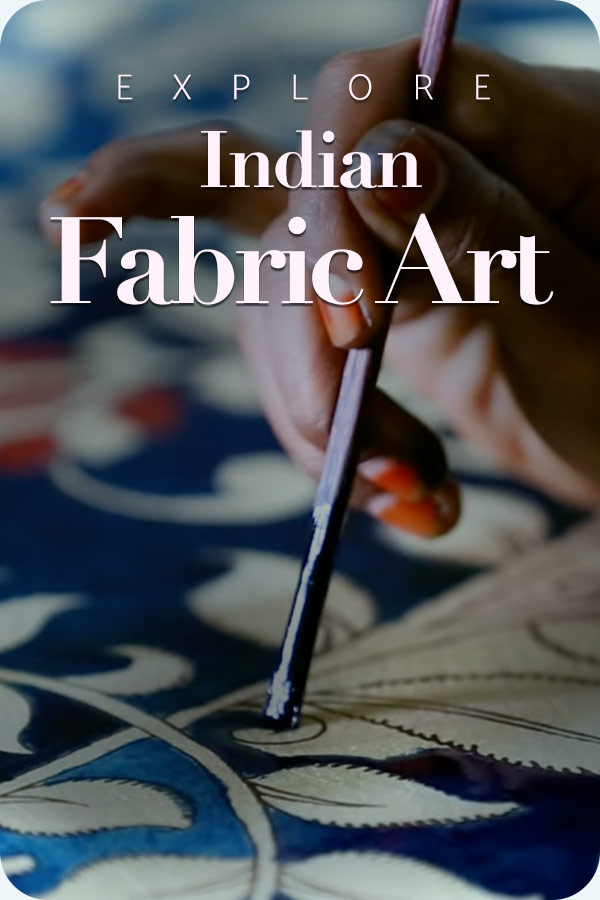
I am interested in attending the JAW event. I am a practicing Advocate in Delhi and fo us ok noted Art Law and IPR rights.
I’m an 17 year old artist of Jaipur who haven’t started her journey yet..
I’ll be thankful if I get information related to these kind of exhibitions and events where I can display or sell my art.
And this article was really good and helpful….